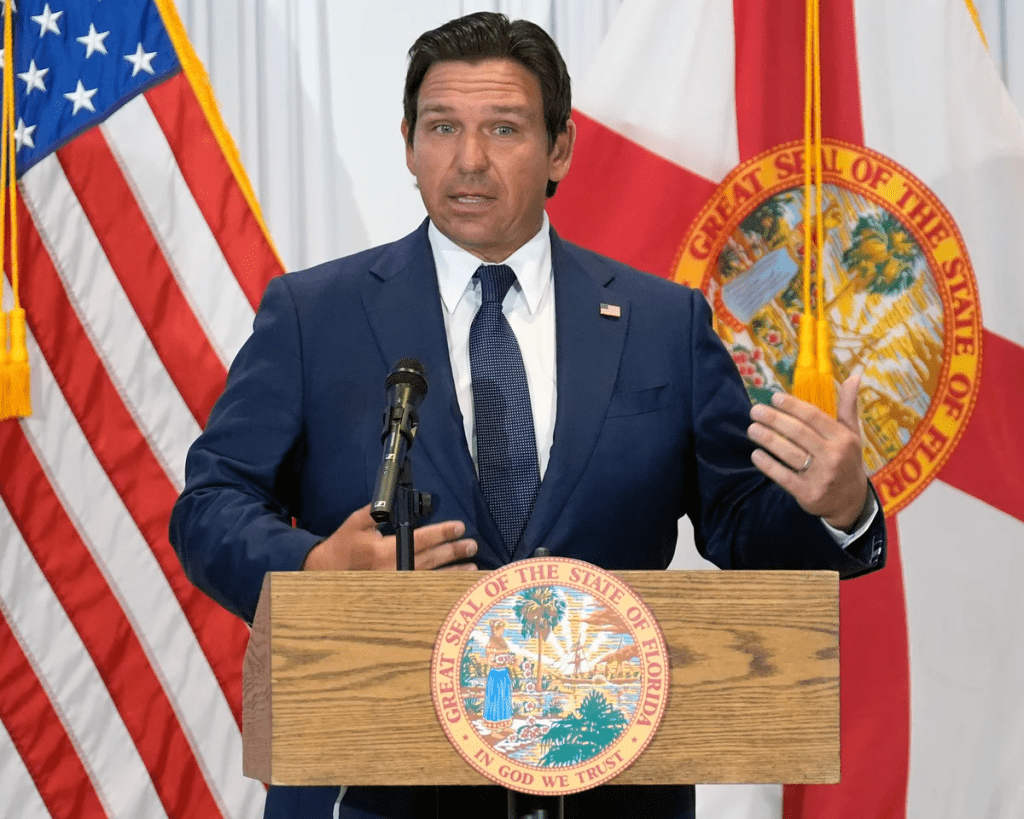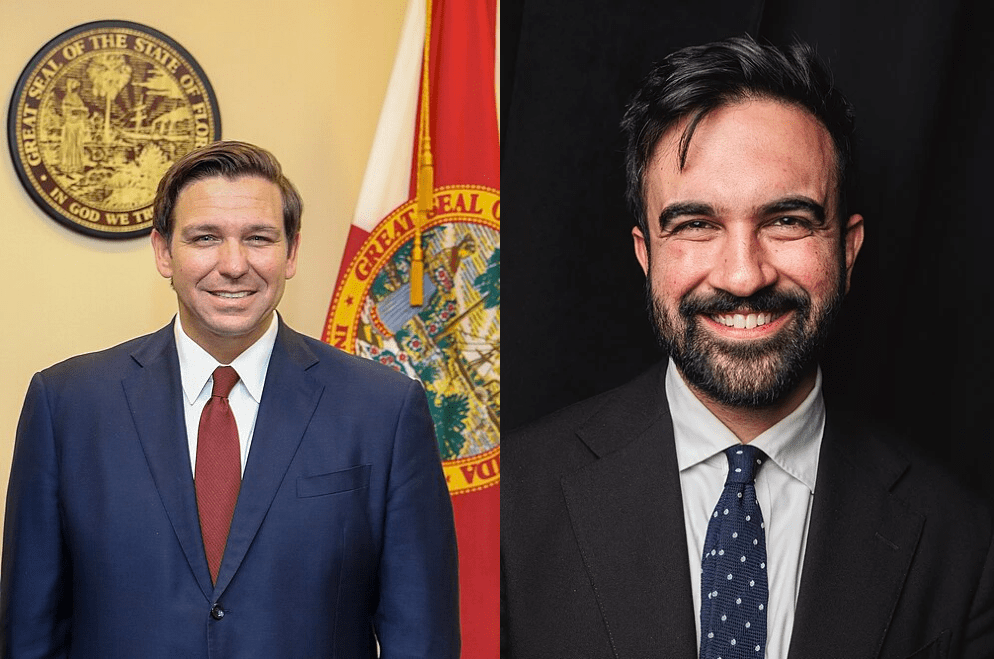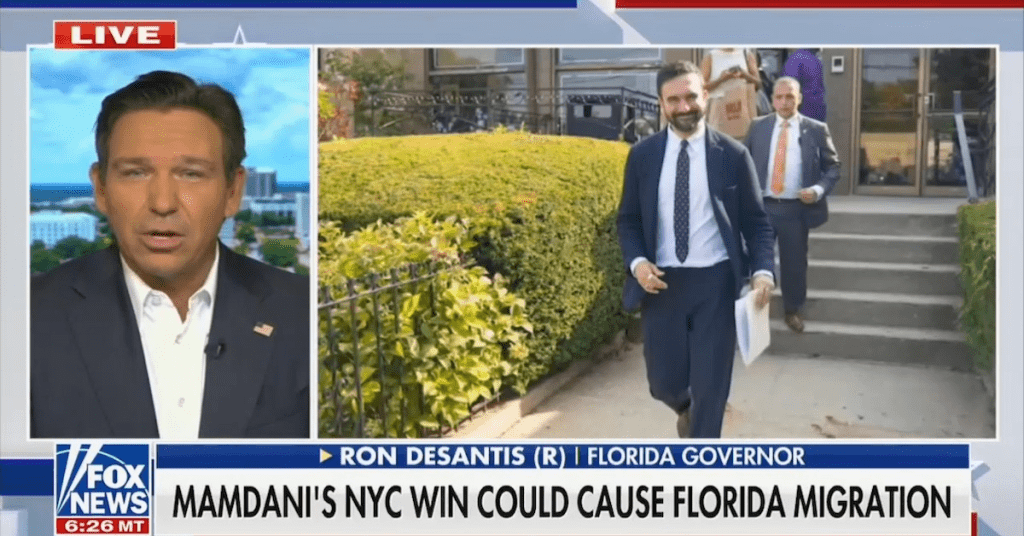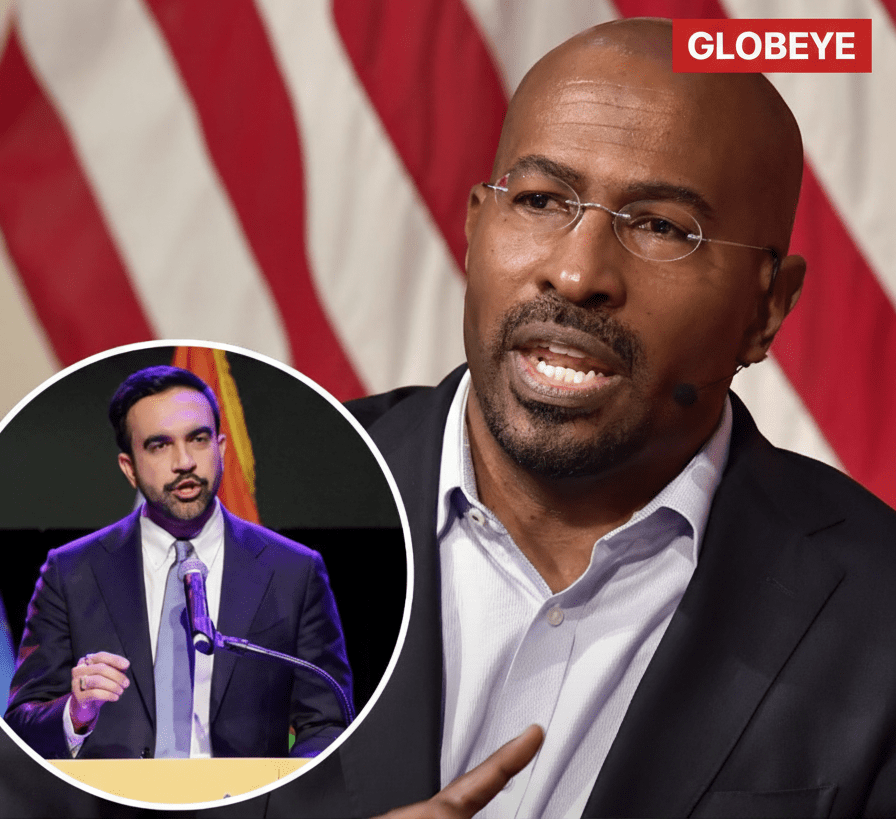Florida Governor Ron DeSantis Proposes Tariff on New York Residents Fleeing to Florida as the Migration Surge Hits Red State Politics
Florida has long been the poster child for migration from high-tax, high-regulation states, but this year the issue has entered a bold new era. Ron DeSantis, governor of Florida, has reportedly asked a state representative whether legislation is ready to impose a “tariff” on New Yorkers relocating to the Sunshine State — raising questions of legality, politics and power as migration patterns, voter registrations and state budgets all swirl in one dramatic trend.
Earlier this year DeSantis had already drawn attention when he took a sharp jibe at New York as he stood in Florida: “A lot of these people are moving down here,” he said at a March news conference in Winter Haven, referring to former New York residents. According to state migration data compiled by the U.S. Census Bureau, Florida absorbed tens of thousands of Americans leaving New York each year—recent years show New York as one of Florida’s largest sources of domestic in-migration. The relocation of New Yorkers has helped fuel Florida’s population boom, while New York continues to lose residents. The numbers lend DeSantis’s broader narrative some water: Florida’s growth is powered in part by people leaving.

Now, with DeSantis reportedly exploring legislation to tax or “tariff” incoming New Yorkers, the stakes shoot upward. The concept is unusual — a state imposing a levy on people rather than goods — and it raises immediate constitutional and practical issues. Governors and legislators considering such steps must navigate the U.S. Constitution’s provisions on interstate migration, commerce and equal treatment under the law. Legal scholars warn that imposing a toll or charge on inbound individuals based solely on their origin could face swift challenge.
Behind the scenes, Florida’s political calculus is clear. New York’s exodus contributes to Florida’s population uptick, and with it rising registrations among Democrats in a state that has been a GOP stronghold. DeSantis and his allies appear determined to keep Florida trending red, insulating it from those shifts. If wealthy or liberal New Yorkers relocate en masse, the governor fears the state’s political equilibrium may slip. The proposed tariff is therefore as much about preserving political terrain as it is about migration.

Supporters of DeSantis’s move argue it highlights a simple truth: when people leave states with failed policies and flock to Florida, the receiving state bears the burdens — from infrastructure to schools to services. They say the incoming wave of new residents must share the cost, especially if they come from states with policies that Florida’s leadership considers unsustainable. For those voters and lawmakers, the idea of imposing a fee or tax on large waves of newcomers is less punitive and more pragmatic: a way to protect Florida taxpayers from being subsidized by newcomers who benefit from state services without upfront contributions.
Critics, meanwhile, sound alarms. They view the “tariff” proposal as discriminatory and a dangerous experiment in state-level protectionism. Some argue that charging people extra because they left another state undermines the principle of free mobility within the United States. They caution about ripple effects: families relocating for jobs, climate or retirement could face unpredictable charges; employers could see their relocating workforce targeted; and the legal fight could cost the state more than the revenue would produce. In the backdrop is the question of whether the U.S. remains a federation of open internal migration — or if states begin erecting financial walls between each other.

Importantly, the idea remains at the exploratory stage. While DeSantis has asked state representatives whether legislation exists, there is no bill publicly filed as of yet that would impose the tariff on New York transplants. Florida’s House Speaker and Senate President have in the past resisted some of the governor’s aggressive immigration and relocation proposals, suggesting that even within his party the idea may face pushback. Implementation would require new legislation, legal review and likely years of litigation.
The timing is also key. As the nation watches multiple state and local elections, migration has emerged as a potent political theme. Florida’s rapid growth, low taxes and business-friendly climate have attracted migrants from New York, California and elsewhere. But with that growth comes concerns about shifting demographics and changing voting patterns. DeSantis’s protective posture toward Florida may therefore be about more than budgets; it may be about the future of conservative dominance in the state.
For New York, the narrative is equally telling. The state has lost population for years, with many residents citing tax burdens, high cost of living and regulatory climate as reasons for leaving. That exodus now feeds into a state often seen as Florida’s rival – and prompts questions about what high-outflow states will expect or demand from their destination states. If Florida begins imposing financial disincentives on newcomers, the broader domestic migration market could be jolted.

From a governance perspective, Florida must consider the practical implications. Tracking incoming residents by previous-state origin, verifying their status, administering a tax or fee — all involve bureaucracy, cost and complexity. Revenue from such a tariff may be modest compared to the investment required. And if the policy triggers lawsuits on equal-protection or interstate-commerce grounds, the litigation could be protracted and expensive. Whether the idea is symbolic or serious remains in play.
Politically, however, DeSantis’s move sends a message: Florida is on guard. The state that once welcomed talent, retirees, families and businesses now appears ready to treat migration as a trade-off. Voters watching the 2026 presidential cycle will interpret the offer one way or another: either as leadership defending Florida’s future or as politics veering into divisive territory. For DeSantis — and his national ambitions — this may be a way to fire up his base, define his brand and set a tone for what Republican governance looks like in a post-Trump era.
If the tariff becomes law, Florida’s status as a destination for migration may shift. Employers recruiting out-of-state talent could face additional costs. Relocating families may weigh whether Florida’s benefits are worth a potential surcharge. Other states might follow suit or respond in kind, turning domestic migration into a new frontier of state-level competition. But nothing is settled. The proposal remains speculative, though media coverage and internal inquiries suggest it has moved beyond idle talk.
In short, the story is about migration, money and power. It’s about a state welcoming newcomers — while signaling that welcome may come with costs if the flow tilts too heavily toward those from red-leaning states. It’s about budgets and ballots, population surges and political strategy. And it may be a preview of how states respond when migration patterns threaten to upset their settled equilibrium. For Floridians, for New Yorkers on the move and for the nation watching, this is more than a policy idea — it’s a moment where the American mobility promise meets the reality of partisan stakes.



